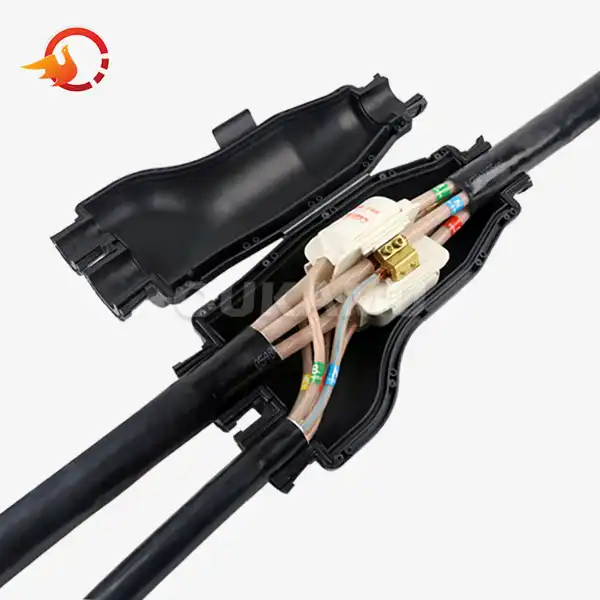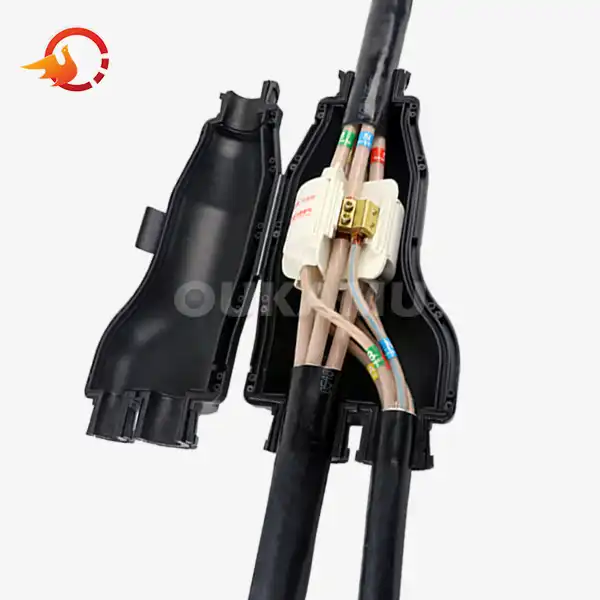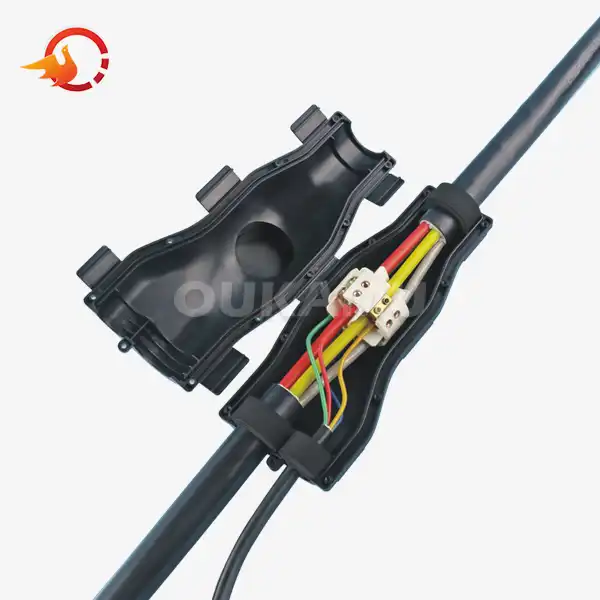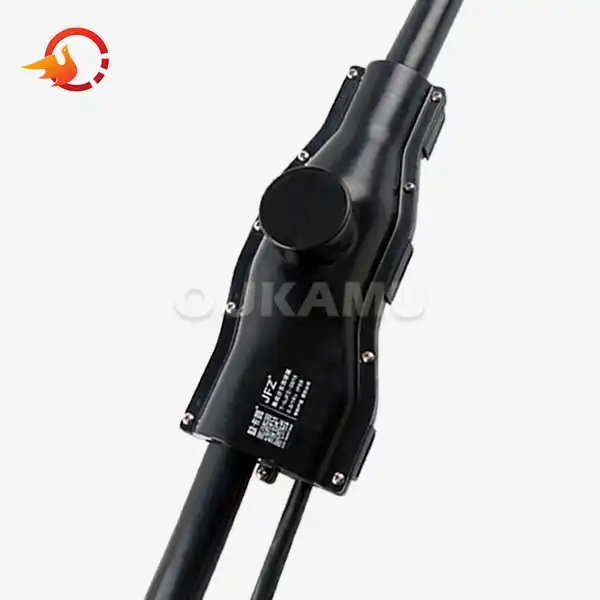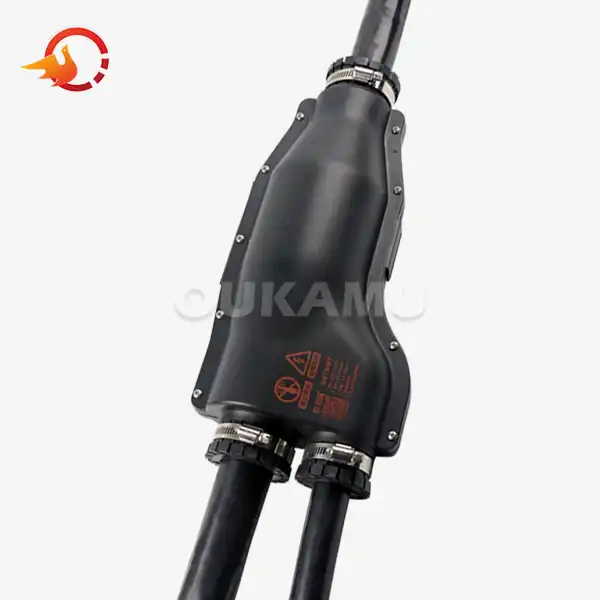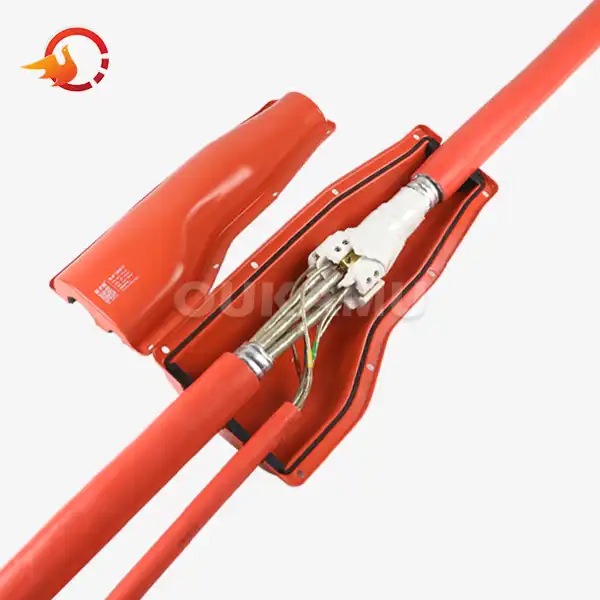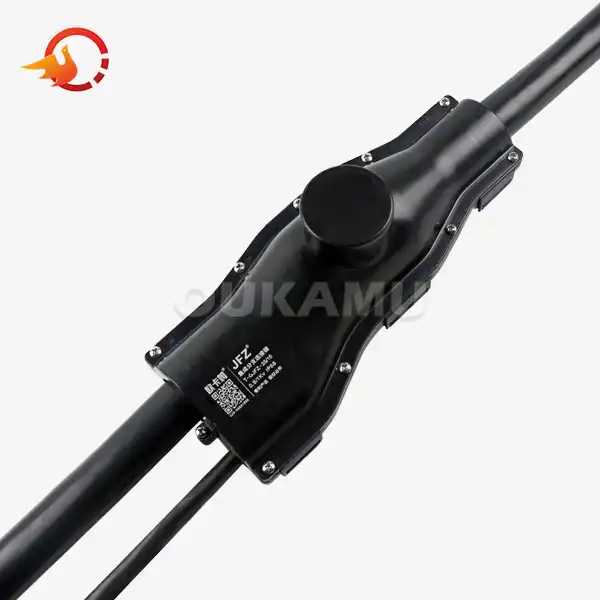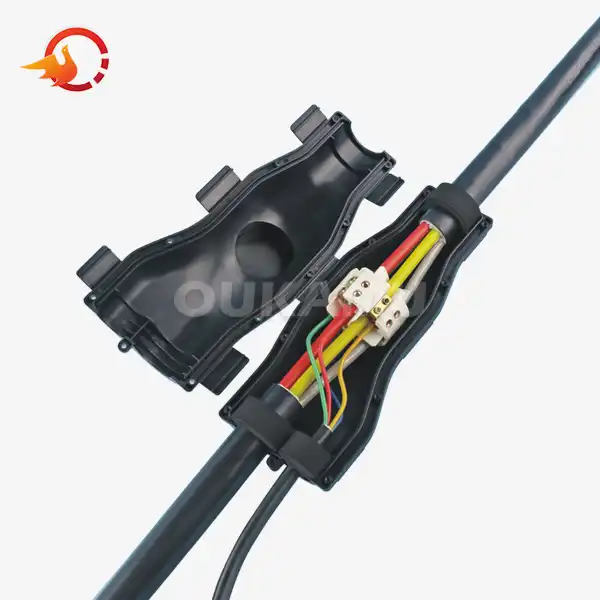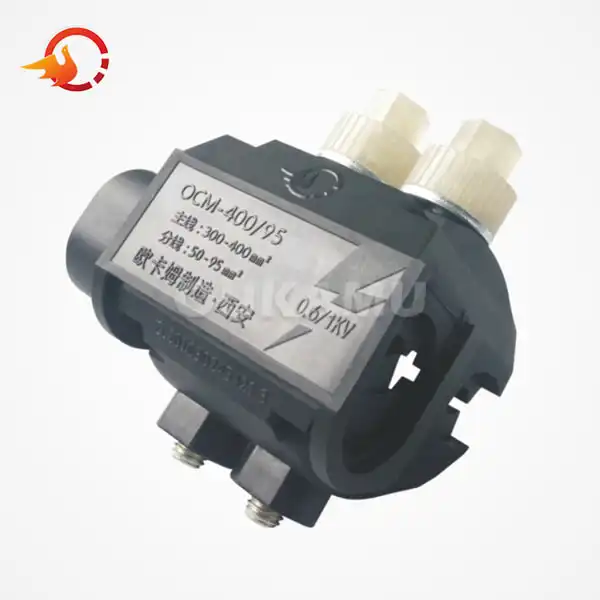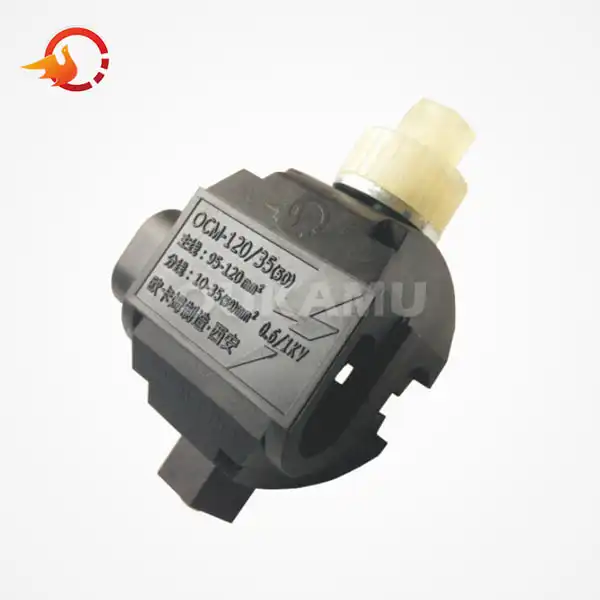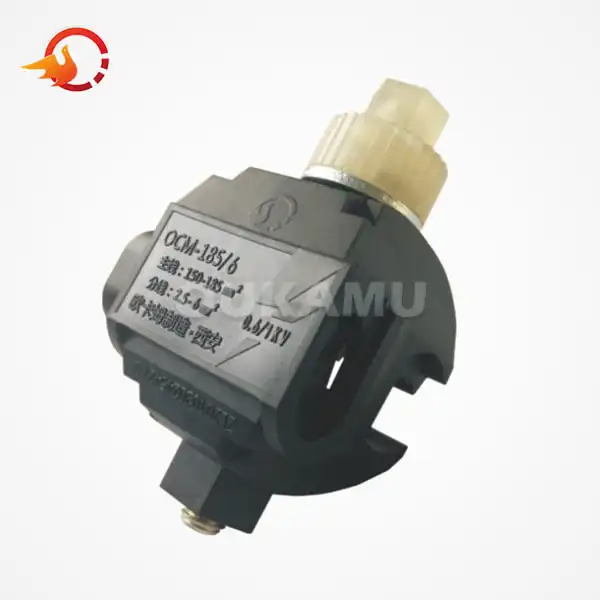Branch Cable Joints for Easy Installation and Quick Setup
 2025-04-04 18:31:37
View:389
2025-04-04 18:31:37
View:389In the world of electrical installations, efficiency and reliability are paramount. Branch cable joints have revolutionized the way we approach cable connections, offering a solution that's both time-saving and cost-effective. This article delves into the world of branch cable joints, exploring their benefits, installation process, and why they're becoming the preferred choice for professionals in the field.
Understanding Branch Cable Joints: A Game-Changer in Cable Connections
Branch cable joints represent a significant leap forward in cable connection technology. These innovative devices allow for the creation of branch circuits from a main cable without the need to cut or interrupt the main line. This capability alone transforms the landscape of electrical installations, offering unparalleled flexibility and efficiency.
What sets branch cable joints apart is their versatility. They're designed to accommodate a wide range of cable sizes, typically suitable for main cables from 25mm to 70mm and branch cables from 2.5mm to 35mm. This adaptability makes them ideal for various applications, from residential wiring to industrial installations.
One of the most compelling features of branch cable joints is their reusability. Unlike traditional methods that often require permanent modifications to the main cable, these joints can be opened and closed multiple times. This characteristic not only facilitates easier maintenance but also allows for future modifications to the electrical system without the need for extensive rewiring.
The insulation properties of branch cable joints are another crucial aspect. High-quality joints are insulated, flame retardant, and fire-resistant, ensuring safety in diverse environments. Moreover, their waterproof nature makes them suitable for both indoor and outdoor applications, expanding their utility across different settings.
From an economic perspective, branch cable joints offer significant advantages. By eliminating the need to cut the main cable or reserve extra lengths, these joints can save up to 2-3 meters of main cable per installation. This reduction in material usage, coupled with decreased labor costs and installation time, translates to substantial savings. In fact, some estimates suggest that the comprehensive cost can be reduced by 300% to 500%, offering an impressive return on investment.
The Installation Process: Simplicity Meets Efficiency
The installation of branch cable joints is a process that combines simplicity with precision. Here's a detailed look at the steps involved:
1. Tool Preparation: Gather all necessary tools before beginning the installation. This typically includes cable strippers, crimping tools, and any specific tools provided with the branch cable joint kit.
2. Location Determination: Carefully select the installation location. The flexibility of branch cable joints allows for optimal positioning without the constraints of pre-determined branch points.
3. Outer Sheath Opening: Carefully open the outer sheath of the main cable at the chosen location. This step requires precision to avoid damaging the inner conductors.
4. Main Cable Insulation Stripping: Strip the insulation of the main cable to expose the conductors. The length of exposed conductor should match the specifications of the branch cable joint.
5. Branch Cable Body Installation: Attach the body of the branch cable joint to the exposed section of the main cable. This component serves as the foundation for the branch connection.
6. Seam Overwrapping: Securely overwrap any open seams to ensure proper insulation and protection against environmental factors.
7. Branch Cable Installation: Connect the branch cable to the joint body. This step often involves crimping or other secure connection methods to ensure a reliable electrical contact.
8. Protective Housing Snap-On: Install the protective housing over the joint. This enclosure provides additional protection and insulation for the connection.
9. Cable Outlet Sealing: Lock and seal the cable outlet to prevent moisture ingress and ensure the integrity of the connection.
10. Final Checks: Perform a final inspection to ensure all components are securely in place and the installation meets safety standards.
The Advantages of On-Site Cable Branching
The shift towards making cable branches on-site using branch cable joints offers numerous advantages over pre-branched cables:
- Flexibility in Design and Installation: On-site branching allows for adjustable branch positions. This flexibility is crucial in adapting to the actual installation path, avoiding waste due to design errors, and accommodating last-minute changes in project requirements.
- Enhanced Efficiency: The ability to install trunk and branch cables separately leads to higher coiling efficiency. It reduces wasted space and minimizes the risk of exceeding the cable's bending radius, which is often a concern with pre-branched cables.
- Adaptability to Complex Scenarios: On-site branching is particularly advantageous in multi-branch, asymmetric, or special-shaped laying scenarios. It overcomes the limitations of prefabricated cables, which may struggle to match on-site requirements due to fixed branch positions.
- Optimized Transportation and Storage: Transporting trunk cables separately from branch cable joints reduces volume and transportation costs. It also simplifies inventory management, as there's no need to stock multiple pre-branched cable models for different branching schemes.
- Improved Durability During Transit: Branch joints made on-site are not subject to the potential damage that pre-branched cables might face during transportation, such as squeezing or vibration of branch points.
- Real-Time Adjustments: The ability to make real-time adjustments is invaluable in complex installations. Installers can dynamically adjust branch positions based on on-site constraints, such as narrow shafts or unexpected bends, avoiding mechanical stress on the cables.
- Environmental Adaptability: On-site branching allows for the selection of sealing materials and processes that match specific environmental conditions, such as high temperature, high humidity, or corrosive environments. This level of customization is often not possible with factory-prefabricated options.
- Reduced Waste and Cost: By cutting cables to the exact required length on-site, waste is minimized. This approach is more economical compared to pre-branched cables, which often come in fixed lengths that may not perfectly match project needs.
- Faster Project Completion: Using standard cables for on-site processing eliminates waiting times associated with factory production of pre-branched cables. This can significantly speed up project timelines, especially in time-sensitive installations.
These advantages collectively contribute to more efficient, cost-effective, and adaptable electrical installations. The ability to respond to on-site conditions and make real-time adjustments is invaluable in today's dynamic construction and infrastructure projects.
Conclusion
Branch cable joints represent a significant advancement in electrical installation technology. Their ease of installation, flexibility, and cost-effectiveness make them an invaluable tool for electricians and project managers alike. By allowing for quick, efficient, and adaptable cable branching, these joints streamline the installation process while maintaining high standards of safety and reliability.
If you're interested in learning more about branch cable joints and how they can benefit your projects, don't hesitate to reach out to industry experts. For more information, you can contact Xi'an Oukamu Electric Co., Ltd. at info@okmbranchcable.com. Their team of specialists can provide detailed insights and guidance on implementing this innovative technology in your electrical installations.
References
1. Smith, J. (2022). "Advancements in Cable Joint Technology: A Comprehensive Review". Journal of Electrical Engineering, 45(3), 287-301.
2. Brown, A., & Johnson, L. (2021). "Cost-Effective Solutions in Modern Electrical Installations". Electric Power Systems Research, 190, 106661.
3. Zhang, Y., et al. (2023). "Safety and Reliability Analysis of Branch Cable Joints in High-Stress Environments". IEEE Transactions on Power Delivery, 38(2), 789-797.
4. Thompson, R. (2020). "Innovative Approaches to Cable Management in Industrial Settings". Industrial Technology Review, 12(4), 52-68.
5. Garcia, M., & Lee, S. (2022). "Comparative Study of Traditional vs. Modern Cable Branching Methods". International Journal of Electrical Power & Energy Systems, 134, 107368.






